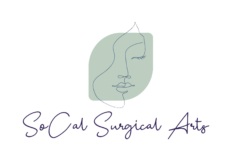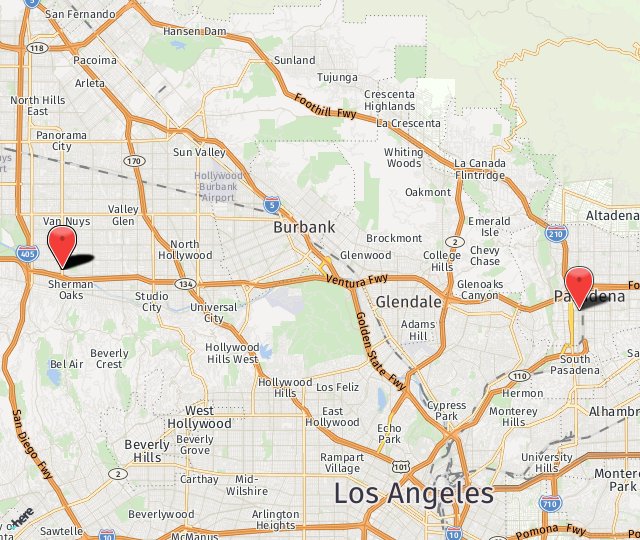Blepharoplasty (eyelid surgery) is a plastic surgery procedure for correcting sagging or drooping eyelids. The eyelid, because its skin is much thinner than that in other parts of the face, is often one of the first facial areas to exhibit signs of aging. Eyelids that sag or droop can affect peripheral vision, making daily activities such as driving more difficult. Blepharoplasty may become necessary when various factors, which include aging, sun damage, smoking and obesity, cause the muscles and tissue that support the eyelids to weaken.
Also known as a forehead lift, a brow lift is a surgical procedure performed to reduce signs of aging in the forehead area. It aims to remove or minimize deep horizontal creases across the forehead and bridge of the nose, and the frown lines between the eyebrows. It also lifts the eyebrows, making the eyes look more open.
Cheek augmentation using cheek implants is an option for those who want to replace facial fullness lost through aging, or for those who simply want more prominent cheekbones. The ideal candidate is old enough that the head and skull are no longer growing (maturation is usually reached by late adolescence), is in good overall health, does not smoke, and has realistic surgical goals.
Over time, gravity and sun exposure take their toll on the face and neck. Deep creases that run from each side of the nose to the corners of the mouth appear; the jawline slackens; and the neck develops loose folds and fat deposits. Rhytidectomy (facelift) counteracts these signs of aging by tightening muscle, removing fat, and trimming excess skin.
Hair loss, or alopecia, is a common condition which may be a consequence of natural aging, a side effect of medication, or a manifestation of a health disorder. It can result in total baldness, thinning of the hair, or patchy bald spots and may be confined to the scalp or affect other areas of the body. Hair loss may be temporary or permanent, depending on its cause. Some of the causes of hair loss include:
Lip augmentation is a cosmetic procedure that, either surgically or with injections, increases lip size. Either the upper or lower lip, or both, can be augmented. Whether the results are temporary or permanent depends on the type of augmentation performed. There are several different techniques for augmenting lips. Most involve injecting a facial filler, although fat transfers (also called fat grafting) and implants are also options.
A neck lift is a surgical procedure that smooths and tightens the neck's skin, which can sag from aging or weight loss. There are usually two components to a neck lift: cervicoplasty, which removes excess skin, and platysmaplasty, which removes or tightens muscles in the neck. A neck lift can be performed alone or as part of a facelift. A neck lift candidate is in good physical and emotional health, and has realistic expectations about the outcome of surgery. The results of a neck lift can last up to 10 years.
Otoplasty (ear surgery) is a cosmetic procedure to improve the appearance of the ears. Otoplasty does not affect hearing, and provides significant psychological benefits to anyone who is teased about ear size and/or shape, has had a serious ear injury, or simply wants to improve his or her appearance. Otoplasty is most often performed to set unusually protruding ears closer to the head (ear pinning) or to reduce the size of abnormally large ears. Otoplasty may also be helpful in repairing the following:
Rhinoplasty (nose surgery) is one of the most frequently performed plastic surgery procedures. During rhinoplasty, the nose is reshaped, reduced or augmented to improve its appearance. Rhinoplasty may be performed to correct a birth defect, or repair an injury such as a broken nose. It is also often performed strictly for cosmetic reasons.

